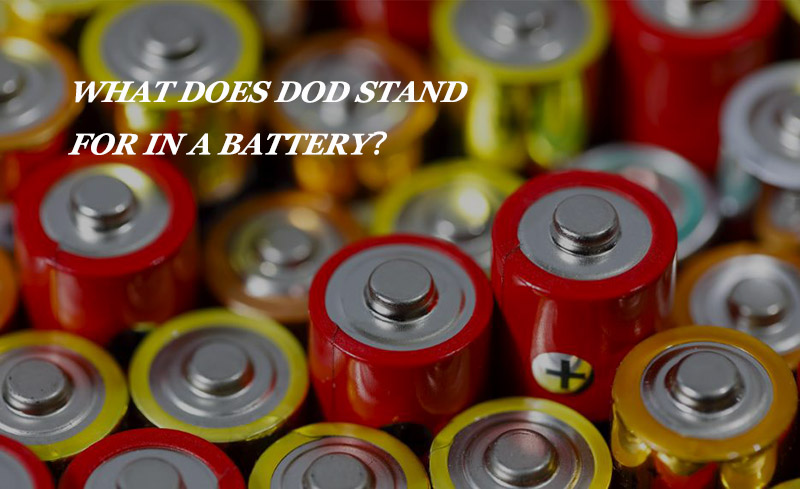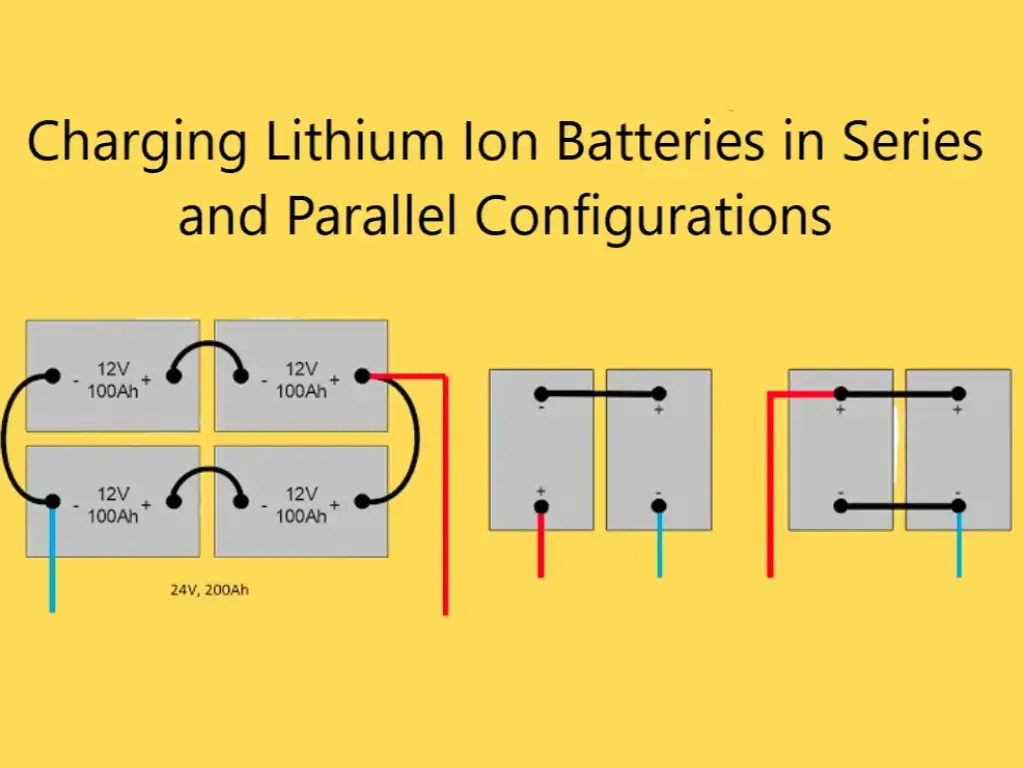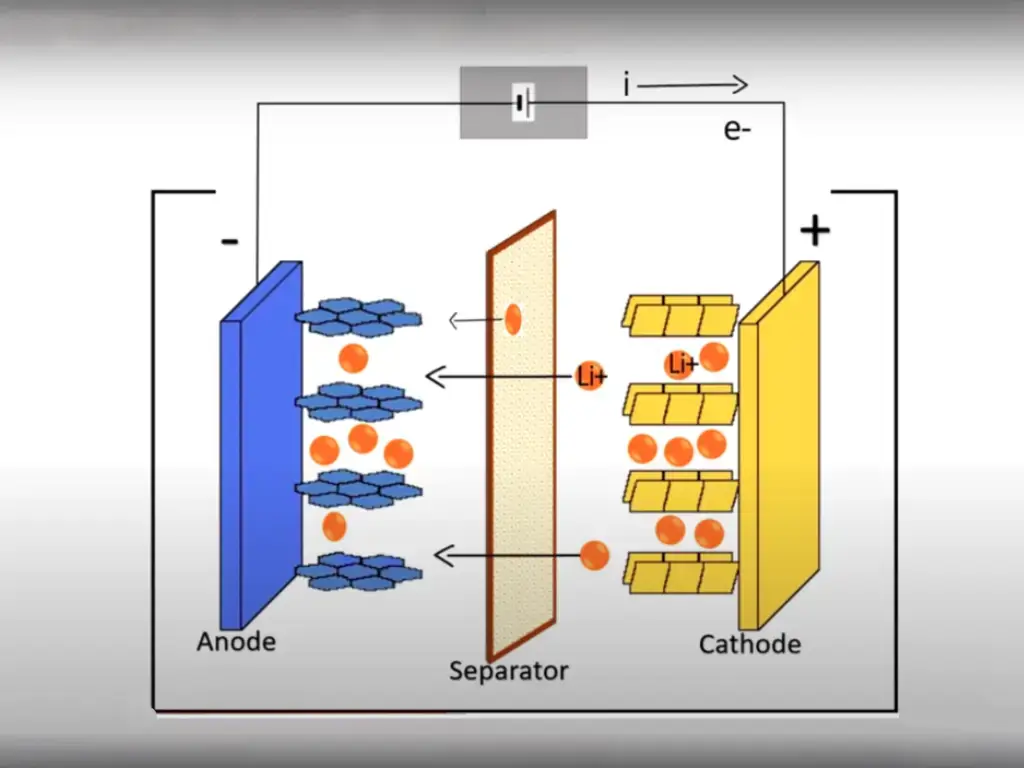As a battery pack that stores electricity, it can provide power sources for a variety of needs, including solar energy, wind energy, powered cars, ships, drones, etc. When we buy batteries from merchants, we often encounter 80% DOD or 100% DOD marks, so what effect does it have on the batteries we use?

Understanding DOD Discharge
DOD is the full name of depth of discharge. As an important parameter in rechargeable batteries, it is generally defined as the percentage of the discharge capacity of the rechargeable battery to the total nominal capacity of the battery. For example, your battery capacity is 100AH, and you discharge it at 50A for 30 minutes, your actual depth of discharge is 50*(30/60h)/100*100%=25%.
The effect of depth of discharge on the battery
Under normal circumstances, the frequency of charging and discharging of the battery will affect the service life of the battery. It is generally not recommended to fully discharge the battery, according to the maximum recommended DOD of different manufacturers to achieve the maximum use of the battery.
The effect of battery cycle life on the depth of discharge generally depends on the capacity of the battery you use. If you generally use a lower depth of discharge, the maximum cycle of the battery is extended. For example, at 25% use of the battery you may have 7000+ cycle life, at 100% depth of discharge you can only have 2000+ cycles.
The effect of temperature on the depth of discharge of the battery
For the use of lithium batteries, temperature storage also affects the depth of discharge. Of course, in cold weather, for you to use a lithium iron phosphate battery, although the battery itself will not be affected by the low temperature, it still has the ability to crack or damage the casing of the battery pack.
When you use a lithium iron phosphate battery in a low temperature environment, it will cause the LiFePO4 battery to fail to meet its current requirements. For example, under normal temperature, your battery is suitable for 12V 100Ah discharge, and in low temperature environment, it may be lower than 100AH, and it may be 90, 80 (0°C), 70Ah (-20°C) or lower. When the temperature is too high, it can lead to a shortened battery life, with the risk of damage to the battery.
Choose your own battery
Depth of discharge is also an indicator when comparing different batteries, but it’s not the only one. Because every battery manufacturer will ensure that the battery has sufficient discharge cycle life and design requirements at every moment. All you need to do is choose the right battery according to your budget and your application scenario.

Learn more about the best recommended depth of discharge value and usage advice or get the latest battery options.
KHLitech provides you with an online answer from a senior battery designer with 10 years of design!




